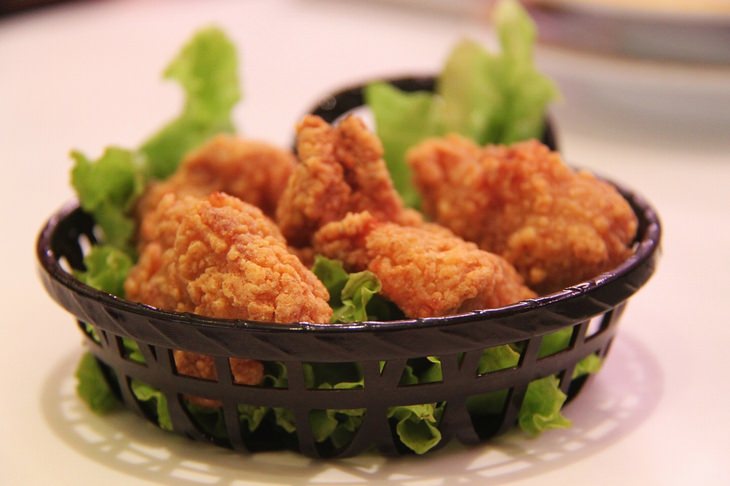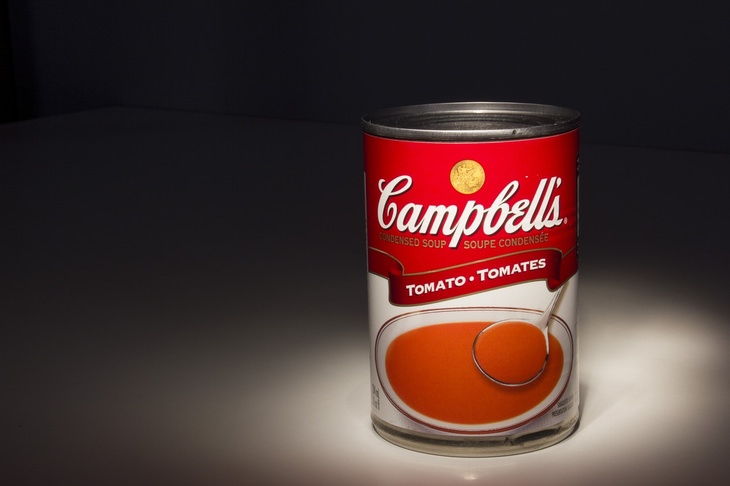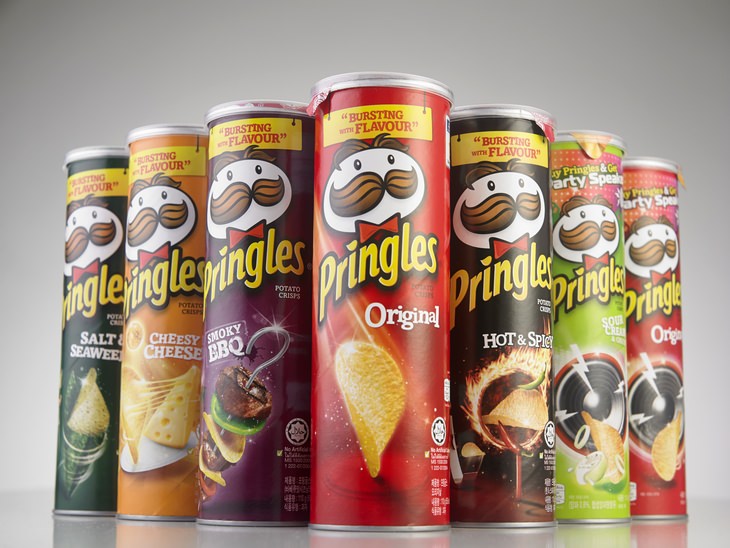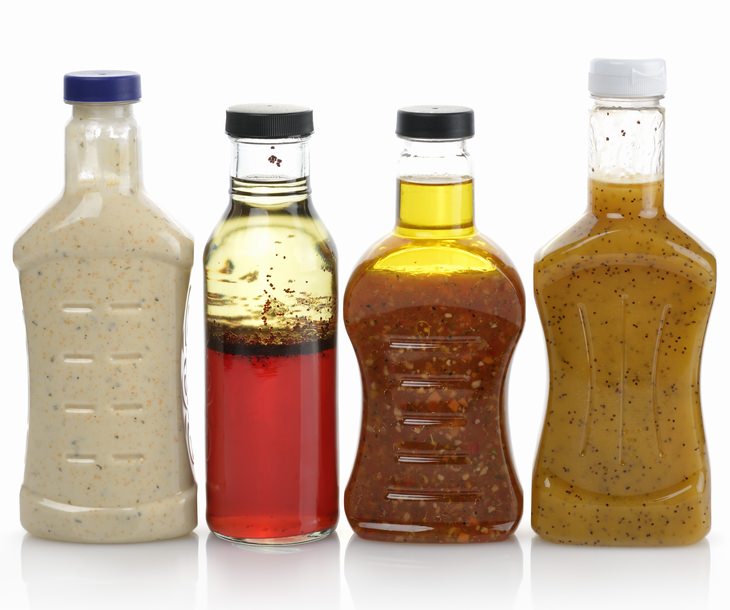MSG Turns Out to Be Way More Common Than You Thought
The theory of MSG being unhealthy has been
circulating for quite some time, and there have been many discussions
over the degree of its truthfulness. More recent research even claims
that it might actually be good for you (find out more here). MSG is
declared safe for consumption by the FDA, and yet, there is still a
small minority of people who report having high sensitivity to it
(symptoms include headaches and nausea after consumption).
Regardless of your stance, the bare facts
are that MSG is found in way more products than you might think,
especially processed foods. So, how exactly do we consume it daily,
without even realizing it?
What Exactly is MSG?
First things first. MSG is short for monosodium glutamate - the salt of
glutamic acid, a nonessential amino acid. It is naturally found in food
sources like tomatoes, cheese, breast milk, seaweed and soy. When
extracted and fermented, it becomes the MSG food additive.
It is known to be an enhancer of umami, also referred to as the fifth
taste. It is the unique meaty, savory flavor associated mostly with
broths, soups, mushrooms, fish, etc. Umami flavor is not as easy to
enhance as sweetness or saltiness, and MSG is one of the solutions
(despite the controversy around it).
Glutamic acid itself does not have a flavor, but MSG in food activates
certain receptors in the taste buds. The taste buds, in turn, transmit
signals to the brain, causing the characteristic taste.
Many will associate the use of MSG with Chinese restaurants and Asian
food in general, but it is certainly more widespread than that,
according to nutrition experts.
What Foods Contain MSG?
1. Fried Chicken

One of the most prominent users of MSG is
KFC. The fast-food chain is known for its ’11 herbs and spices’ recipe,
which gives their fried chicken its distinctive taste. MSG is certainly
one of them. It is found in their grilled chicken, gravy, and potato
wedges as well. Of course, KFC is not the only fast-food chain to use
MSG. There are plenty of others, big and small, especially those who
specialize in meat.
2. Theater Popcorn


The reason homemade popcorn doesn’t taste
like theater popcorn is that the latter is drizzled with melted butter
and sprinkled with MSG. The reason movie theaters can be so liberal
about what goes into the popcorn (MSG might not even be your biggest
concern…) is that unlike bagged popcorn, they are under no obligation to
display a nutrition label.
3. Pizza
Research privately conducted by food
blogger Vani Hari in 2015 revealed that many big pizza chains pack their
pizzas with hidden MSG. Hidden MSG is such that it is not directly
listed in the ingredients, but is contained in other ingredients that
are listed. Anything with the word "hydrolyzed" is often code for MSG
content.
If you’d like to avoid that, you might opt for organic pizza joints or
even homemade pizza.
4. Seasoning


While MSG is a seasoning in and of itself,
it is also a part of many packaged seasonings sold in grocery stores. To
be sure that your seasoning is free of MSG, you’ll need to check the
packages individually for sodium glutamate.
5. Soup



Canned, powdered, or bouillon cubes - the
secret ingredient that gives these instant store-bought soups their rich
taste is no other than MSG. It is important to note that Campbell's has
actually pledget to remove MSG alongside other additives from its
products by the end of 2018.
6. Pringles

Just about all flavored Pringles contain
MSG. In case you’re a Pringles fan who would like to avoid MSG, you
might be happy to know the Salt and Vinegar flavor does not contain it.
7. Salad Dressing


Similar to the hidden MSG case of pizza,
many bottled salad dressings include spices and seasoning which contain
MSG, hidden in the ingredient list on the bottled dressing.